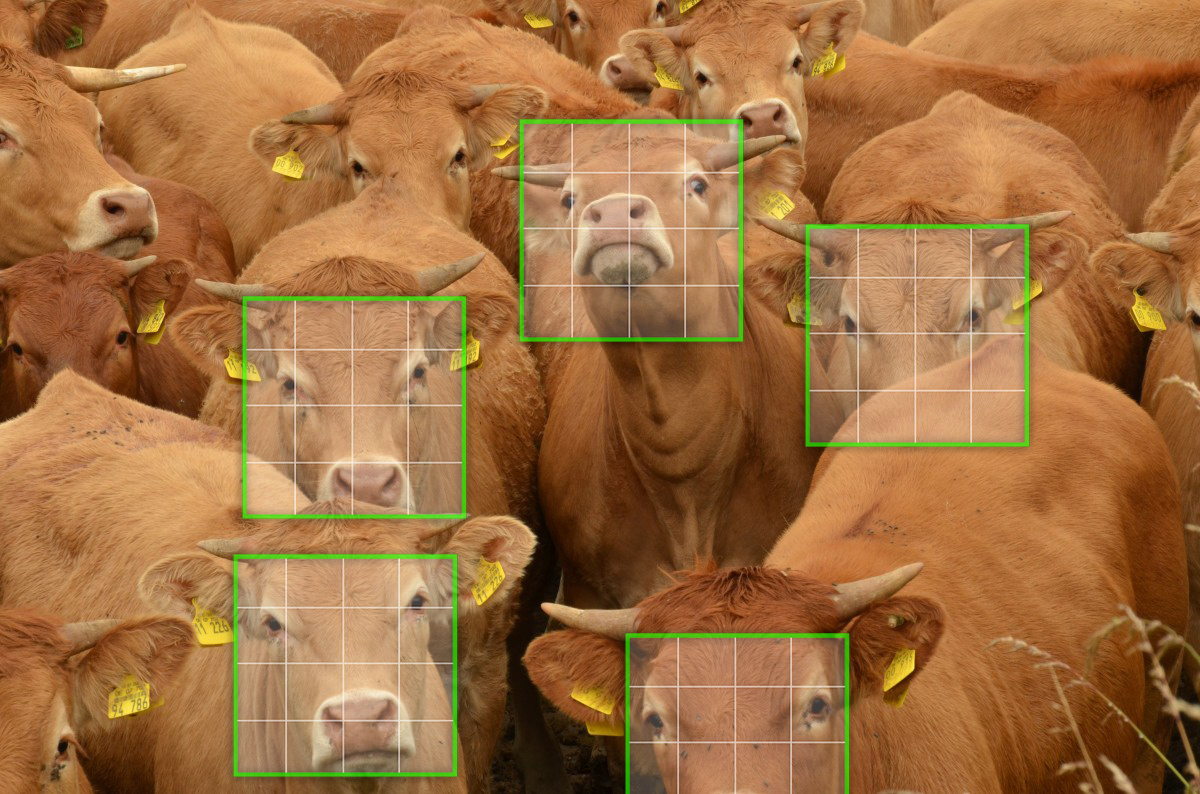



Branding and ear tagging could become obsolete in the near future. Thanks to revolutionary livestock facial recognition software being designed by an Australian researcher, the day may not be far off when producers can just scan the faces of their animals on their smartphone, and have all of their individual information at their fingertips. Ali Shojaeipour, a PhD candidate at UNE, has developed artificial intelligence capable of identifying individual calves based on their muzzle patterns with higher than 99 percent accuracy.
The cutting-edge technology is based on the concept that minor differences in shape and pattern make muzzles as unique as a human fingerprint. Although Dr Shojaeipour believes the research is still in its early stages and that several areas, including twins, had to be explored, the theory is that even twin calves would have different facial traits. He added that applying the technology to other cattle species would be a next step.
Nonetheless, he is cooperating with businesses to bring his present proof-of-concept to commercialization, which many believe will revolutionise livestock management. Dr. Shojaeipour is now working on a smartphone app that uses the phone’s camera to identify individual cattle. The study was complicated, and it required substantial data collecting, which put the scientists in the field. Dr Shojaeipour added, “We used photos of 300 head, predominantly Angus, Hereford, and Simmental cattle, as well as crossbred feedlot cattle.” “To obtain that data, I had to enlist the support of several colleagues, including my wife. The first step in employing AI (artificial intelligence) in any application is to have a large data set, which will be a key component of expanding this study to new species.”
As a result, his desk is adorned with life-size representations of cattle faces. The software recognises cattle muzzles and then uses the muzzle pattern to uniquely identify the animal. The approach then allows for biometric identification of various animals, with the ability to adapt when additional livestock are added to the database. It will take a lot of work to get the technology to operate with moving cattle, dirt, and other distractions, but Dr. Shojaeipour believes it is achievable.
Article by: Hari Yellina (Orchard Tech)